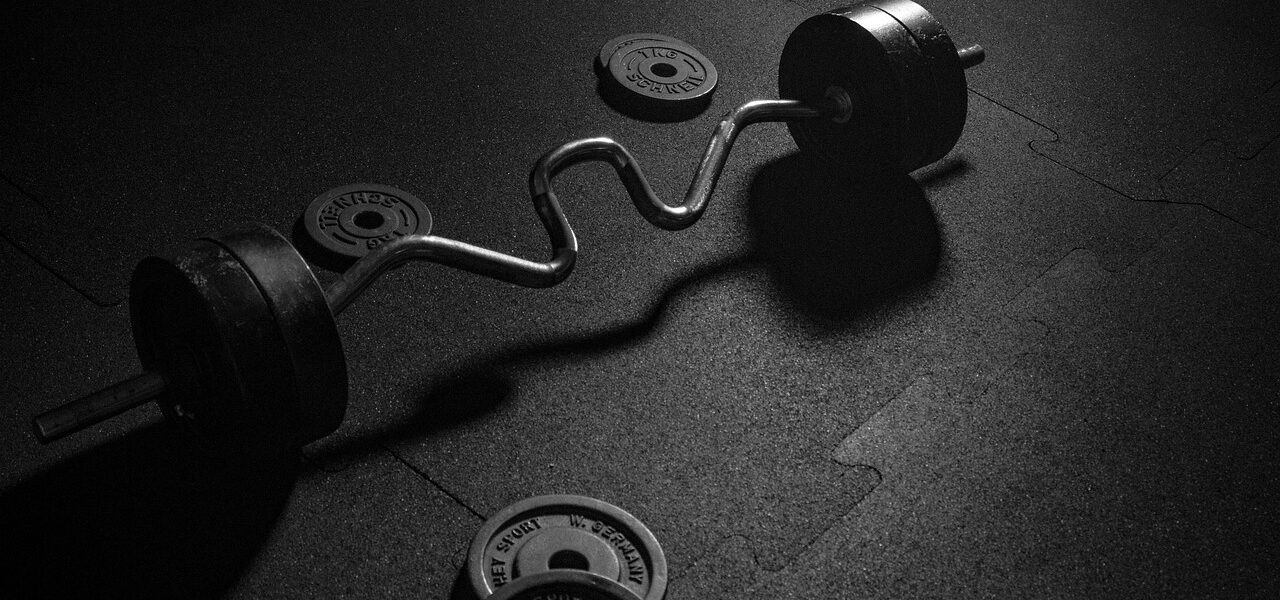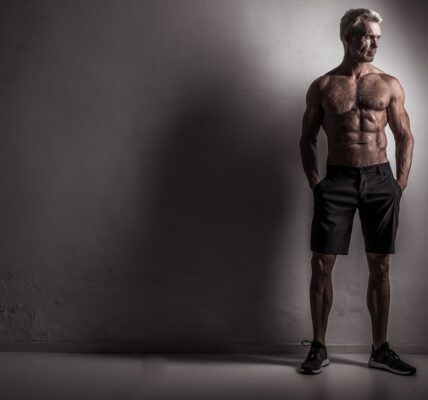So, you’re over 55 and the iron bug is biting again, or maybe for the very first time. That’s fantastic!
Lifting weights isn’t just for the young; in fact, it offers incredible benefits as we age, from boosting bone density and muscle mass to improving balance and overall quality of life.
However, approaching the weights room at this stage requires a thoughtful and strategic approach.
This guide offers advice tailored specifically for men over 55 looking to safely and effectively incorporate weightlifting into their fitness routine.
Lay Foundations
Before you even think about picking up a dumbbell, a crucial first step is a chat with your doctor. They can assess your current health status, identify any pre-existing conditions, and provide personalized recommendations or precautions.
Think of this as your pre-lifting MOT. Once you get the green light, it’s time to focus on movement. If you’ve been inactive for a while, don’t expect to jump straight into heavy squats.
Start with bodyweight exercises and light cardio to gently reacquaint your body with movement and build a base level of fitness. Focus on proper form and listen intently to your body’s signals.
Pain is a message, not a badge of honor, especially at this stage.
Build Your Lifting Blueprint
When you do venture into the weights area, remember the mantra: slow and steady wins the race. Begin with lighter weights than you think you can handle.
The goal initially isn’t to lift the heaviest thing in the gym, but to master proper form and build a solid foundation of strength and stability.
Focus on compound exercises that work multiple muscle groups simultaneously, such as squats, deadlifts (with very light weight and perfect form initially), bench presses, and rows.
These exercises are efficient and mimic real-life movements. Start with 2-3 sets of 8-12 repetitions, allowing for adequate rest between sets.
Consistency is key; aim for 2-3 weightlifting sessions per week, with rest days in between to allow your muscles to recover and rebuild.
Adapt and Adjust
As we age, our bodies communicate with us in more nuanced ways. Pay close attention to any aches or pains you experience during or after your workouts.
Soreness is normal, but sharp or persistent pain is a sign to back off and potentially seek advice from a qualified fitness professional.
Don’t be afraid to modify exercises to suit your body’s needs. For example, if traditional squats bother your knees, try box squats or leg presses instead.
Recovery becomes increasingly important as we age, so prioritize adequate sleep, proper nutrition with sufficient protein, and consider incorporating gentle stretching and mobility exercises into your routine.
The Value of Professional Support
Consider enlisting the help of a qualified personal trainer who has experience working with older adults.
They can design a safe and effective program tailored to your specific goals and needs, teach you proper lifting techniques, and provide ongoing guidance and motivation.
Think of it as an investment in your long-term health and fitness.
They can also help you progress gradually and make adjustments to your program as you get stronger.
Don’t feel intimidated to ask for advice from gym staff either; they can often offer pointers on machine use and basic form.
Embrace the Journey!
Getting back to lifting weights over 55 is a marathon, not a sprint. Be patient with your progress and celebrate the small victories along the way.
You might not see dramatic changes overnight, but with consistent effort, you will experience significant improvements in your strength, energy levels, and overall well-being.
Remember why you started – to feel stronger, healthier, and more capable. Enjoy the process, listen to your body, and reap the incredible rewards that strength training can offer at this stage of life.
Lifting weights over 55 isn’t just about building muscle; it’s about building a stronger, more resilient you.
0




